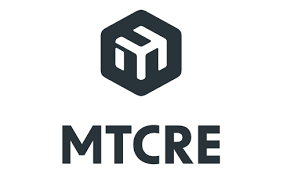MTCRE 1.4 Understanding Scope and Target Scope

Lab Overview
In the previous lab, you learned how Administrative Distance (AD) determines which static route a MikroTik router prefers when multiple routes point to the same destination. The key takeaway was:
Routers always prefer the route with the lowest administrative distance.
This controls which route is selected, as long as all routes are valid and usable.
This new lab focuses on something completely different:
Route Validity, not Preference.
In this Scope/Target-Scope lab, we are no longer concerned with which route is preferred — instead, we explore which routes can be used at all based on their scope values.
Specifically, you will learn:
- Why some static routes appear as inactive even when they have the best AD
- Why recursive routes fail unless target-scope is increased
- How RouterOS determines whether one route can use another route to reach its next-hop
- Why connected routes have a different scope than static routes
- Why target-scope defaults may break recursive routing
To highlight these behaviors, we deliberately configure R1 with recursive routes, where a route depends on another route to resolve its next-hop.
This lab extends the previous one by showing that:
Even if two routes have the same Administrative Distance, a route won’t be installed if its target-scope is too low to resolve its gateway.
You will see firsthand how AD and scope are separate mechanisms:
- Administrative Distance chooses the preferred route.
- Scope/Target-Scope determine whether a route can exist in the routing table.
This deeper understanding should help you to troubleshoot complex routing scenarios.
Before we begin, lets discuss what recursive routes are.
A recursive route is a route whose gateway is not directly reachable.
RouterOS must perform a second lookup to determine how to reach that gateway.
Example:
Route A: 10.10.10.0/24 → gateway 172.16.1.1
Route B: 172.16.1.1/32 → gateway 192.168.12.2
To use Route A, RouterOS must use Route B first.
If Route A’s target-scope is too low, it cannot “see” Route B and becomes inactive.
Scope & Target-Scope in RouterOS
Scope
Defines how visible a route is to other routes.
Default scopes:
- Connected route → scope=10
- Static route → scope=30
- Dynamic route (OSPF/BGP) → scope=40
Target-Scope
Defines how far a route is allowed to “look” when resolving a gateway.
A recursive route can only use another route if target scope is greater than or equal to the scope. Otherwise, the route is inactive. This is the central concept of this lab.
